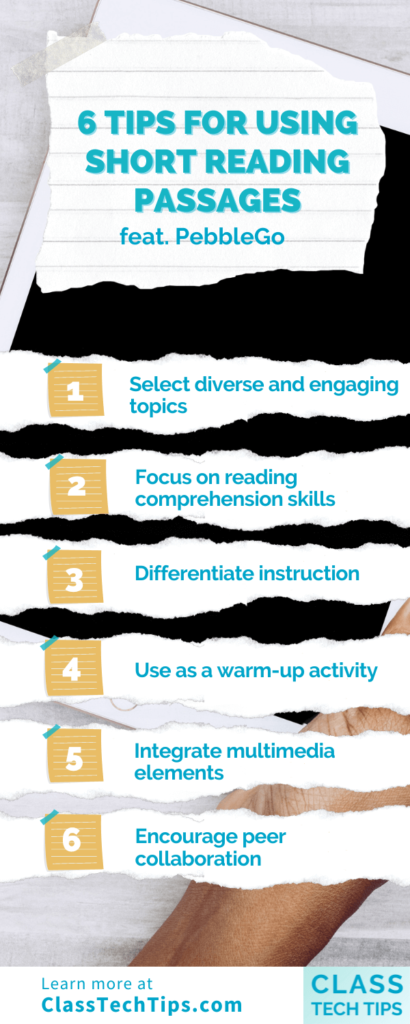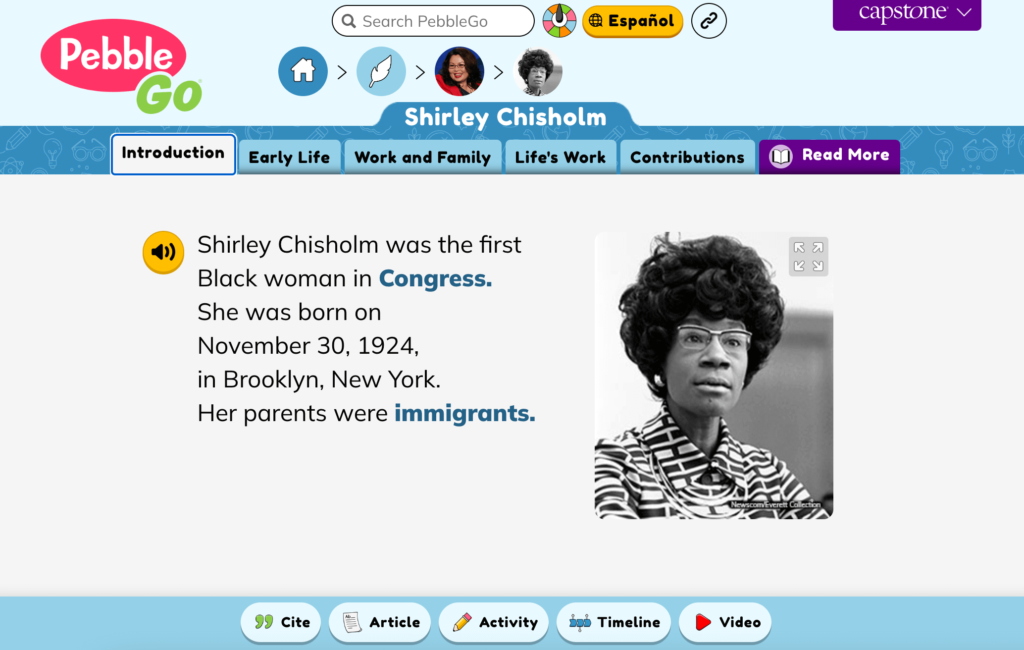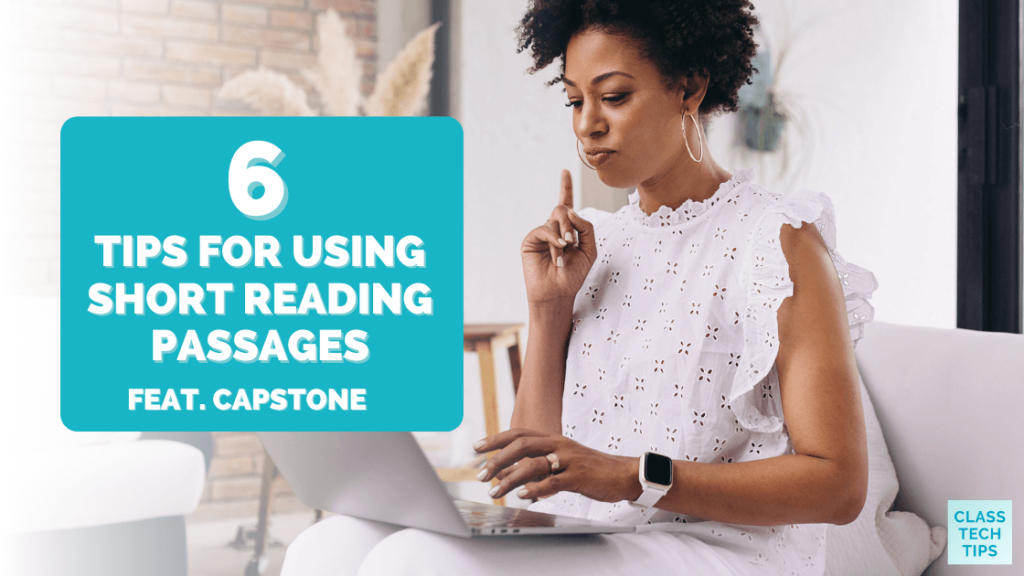Short texts are part of our everyday lives as readers. From a blog post like this one to an article in a newspaper, we read in many different ways over the course of the day. If you want to use short reading passages with your students, there are a few ways to incorporate them into everyday reading experiences.
Today on the blog, I have six tips for using short reading passages at your school. We’ll look at a few ways you can incorporate short texts throughout the school day. I’ve also included some information on PebbleGo as well as examples of short texts from their platform.
Locating Short Reading Passages
What exactly are short reading passages? A “short text” is a brief piece of writing. It’s something students can read in one sitting. Examples include a poem, an article, or a short story. These short texts can help teach reading skills to students. In this post, we’ll look at the high-quality short reading passages from PebbleGo.

If you haven’t seen PebbleGo in action yet, it’s definitely a favorite. I’ve shared some of the ways you can use their resources across the curriculum. Including in math, science, and social studies classrooms:
- 7 Ways to Inject Math in Reading Classrooms
- 5 Ways to Boost Literacy Skills During Your Next Science Lesson
- 6 Creative Ways to Integrate Literacy into Your Social Studies Lessons
6 Tips for Using Short Reading Passages
There are many ways to use short reading passages at your school. Here are six tips for adapting to your specific learning environment.
Select diverse and engaging topics
When choosing short reading passages to share with students, select texts that cover a wide range of subjects, interests, and genres. This could include high-interest topics like sports or animals. Selecting texts that feature diverse and engaging topics can help engage all students and cater to different interests.
Focus on reading comprehension skills
One way to use short reading passages is to teach specific comprehension strategies. You might choose texts for students to practice skills like identifying the main idea or finding supporting details. For example, if you are teaching students a skill like using text structure to gather information, you might try selecting a text like this one on Shirley Chisolm that has pictures with captions.
Differentiate instruction
Do you use short reading passages to differentiate instruction in your school? If you’re not sure where to start, review student formative assessment data to see which areas they need additional support. If you see trends in areas where students need support, you can then choose a passage for a small group of students with similar needs.
Use as a warm-up activity
One way to use short reading passages at your school is to introduce an article at the beginning of class. Start each class with a short text to engage students and set the tone for the lesson. This can help students transition into the learning mindset and prepare for the day’s topics. For example, if you are going to spend a part of the day talking about animal habitats, you might ask students to read an article like this one on Grassland Animals as a warm-up activity.

Integrate multimedia elements
Another way to use short texts with students is to connect reading experiences to other interactions with multimedia. You might find a clip from a podcast episode or a short video on YouTube that can build upon a student’s reading experience. Not only does this connect to the other types of video and audio media students might consume outside of school, but it can also foster a deeper connection to the text.
Encourage peer collaboration
If you aim to increase student collaboration this year or boost social-emotional learning (SEL) skills, you can do this alongside reading activities. For example, you might have students work together in pairs or small groups to read a passage. Then, they can discuss what they have read, collect questions about the topic, or even present what they have learned to other students in their class.
Making the Most of Short Texts
These six tips for using short reading passages at your school are ready for you to customize and adapt to the needs of your school community. You might try out one activity or share one consideration from the list above in a grade-level team meeting.
Ready to incorporate more short reading passages into your literacy instruction? Head over to this page to learn more about PebbleGo and everything they offer schools and districts. Throughout this blog post, I’ve linked a few examples, but this page will share even more details about what it looks like to bring PebbleGo into the hands of teachers and students.







